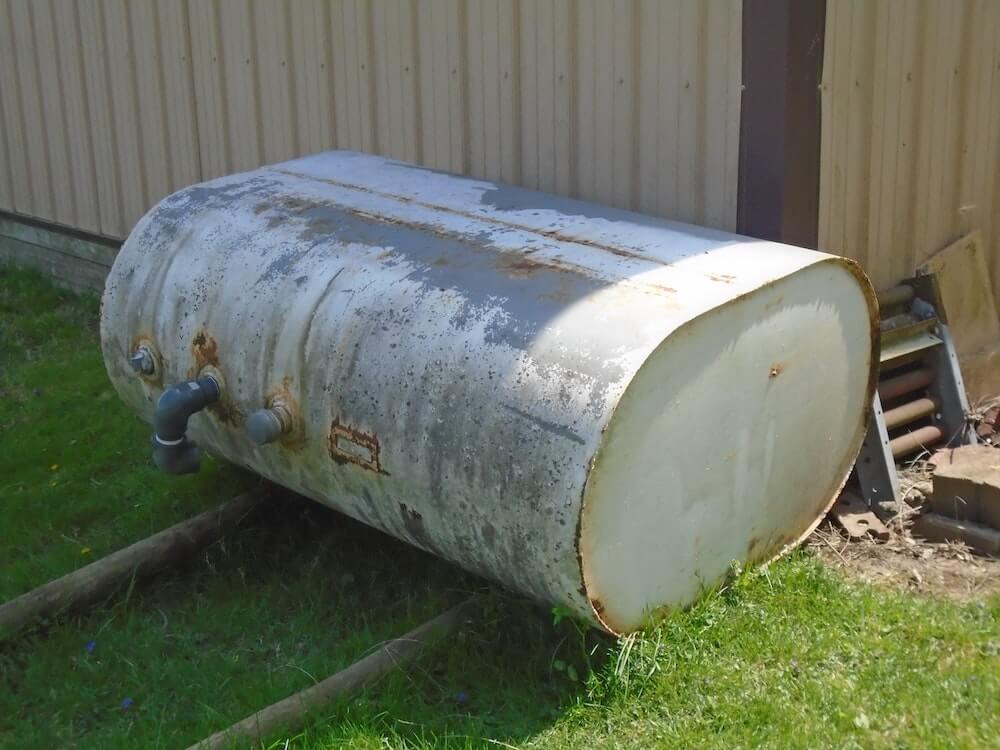Heating oil is one of the more affordable methods of heating your home during the colder months, but it does come with some minor maintenance requirements. On the bright side, much of this maintenance can be easily done DIY style, further lending oil to cost-effectiveness. Whether you just bought a home that is set up for oil heating, you’re thinking about making the switch to oil, or you’re a renter with a less than responsive landlord, we’re here to help you through one of the routine processes you’ll face: how to read your oil tank gauge and knowing when to refill.
Can’t I Just Look at The Float Gauge?
Most modern heating oil tanks come equipped with a float gauge that can give a quick and rough estimate of how full your tank is. How this gauge works is actually very simple: the visible portion of the gauge represents roughly how much oil is left in the tank. Beneath that visible portion is a hinged arm with a float attached to the end that is less dense than the oil itself, causing the float to move up and down according to the tank’s reserve of fuel. Schedule a refill when the gauge reads you have about a ¼ tank left.
The problem is that these gauges are known to be a bit unreliable, and when you’re looking for an accurate reading to determine whether or not it’s time to make an order for more fuel, there are some extra steps to take to make sure that you get the proper amount.
A Better Way To Measure How Much Oil You Have Left
If you’re looking for a more accurate method of measurement, you can’t beat a good old-fashioned yardstick. But before you just start greasing up your tools, verify the capacity and orientation of your tank. The most common variety is the 275 gallon tank, which can be oriented horizontally or vertically.
Once you know what type of tank you have, go ahead and open a heating oil tank conversion chart, and grab your trusty yardstick. Place your measuring device into the tank all the way to the bottom and then remove it. You will be able to clearly see how much oil is left in your tank in inches. You can then determine how much oil you have left in the tank using the chart we have provided by matching up how many inches were measured on the yardstick with the size and style of your tank. Before ordering, always remember to leave space for air in the tank, as the max capacity in a 275 gallon tank is actually 260 gallons.
HVAC Repairs and Oil Delivery in Pennsylvania
At Bucks County Fuel, you can count on us for more than your oil needs. Keeping you warm in the winter and cool in the summer, our team of trained technicians can service and repair your air conditioning and heating systems. Whether it’s for your business place or home, our professionals can service and maintain boilers, hot water heaters, furnaces and all your climate control equipment. Our qualified technicians can advise you on the best HVAC system for your space so that you get maximum performance and long-term energy efficiency savings.




